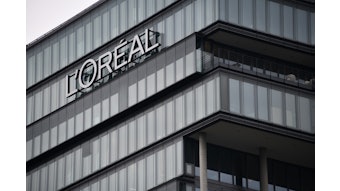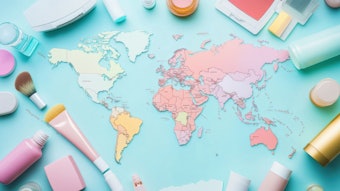In Korea, cosmetics and related products such as foods, food additives and pharmaceuticals are regulated by the Korea Food and Drug Administration (KFDA). The Korean Cosmetic Products Act (KPCA), which was passed in 2000 to separate cosmetic and pharmaceutical regulations, categorizes cosmetic products into three major categories: general cosmetics; functional cosmetics, e.g., sunscreens and whitening products; and quasi drugs, e.g., anti-acne products. Both functional cosmetics and quasi drugs must be evaluated by the KFDA before they are allowed in Korea. Quality testing must be conducted by lot/batch according to the KCPA; however, the testing that is required differs based on whether the product is a quasi drug, general cosmetic or functional cosmetic. Functional cosmetics are evaluated based on the efficacy of their individual ingredients rather than the finished product as a whole.
Pre-registering Chemicals
In February 2011, the Korean Ministry of Environment (MOE) released a draft of “the Act on the Registration and Evaluation of Chemicals,” an act similar to the EU’s REACH that amended the Toxic Chemical Control Act (TCCA) to regulate new and existing chemicals. This Act is expected to come into force in 2013 and begin in 2014; it would require the pre-registration of substances in quantities greater than 500 kg. Manufacturers/importers will be given a transition period of eight years for pre-registration of the substances.
Importing Cosmetics
The Korea Pharmaceutical Traders Association (KPTA) is authorized by the Korean Ministry of Health, Welfare and Family Affairs (MOHWFA) agency to assist Korean importers by evaluating import documentation and issuing import permits for customs clearance of pharmaceuticals, cosmetics, diagnostics, herbal medicines and quasi drugs. In addition, importers of functional cosmetics and quasi drugs are required to submit an annual import status report to the Korean Cosmetics Industry Association that includes the total imported volume/weight and quantity.
Quality control testing can be conducted by KPTA’s Pharmaceutical Research Institute, and even if quality testing on products passes international standards, samples should be submitted to KPTA for quality testing, as testing criteria might be different. Manufacturing facilities following certified International Organization for Standardization Good Manufacturing Practices (ISO-GMP) would be best considered, although emphasis is placed on local manufacturers meeting ISO-GMP requirements.
Labeling
Korean labeling on primary cosmetic packages is required for domestic products under the KPCA; for imported cosmetics, a Korean label must be placed over the original label on secondary packages. Labeling requirements for importers include: retail price, country of origin, importer, importer address, batch codes and date of manufacture. Placing a translated label over the original label is generally accepted but Korea imposes strict rules on outside countries to protect against fraudulent activities of domestic traders.
Advertising
Advertising guidelines have undergone a major change in that manufacturers can now claim the activity of functional ingredients provided that the claim is substantiated. Previous guidelines limited manufacturers to a list of usable phrases. Reasonable claims along with the supporting scientific tests must be submitted in a table to the relevant agencies for approval of those claims.










